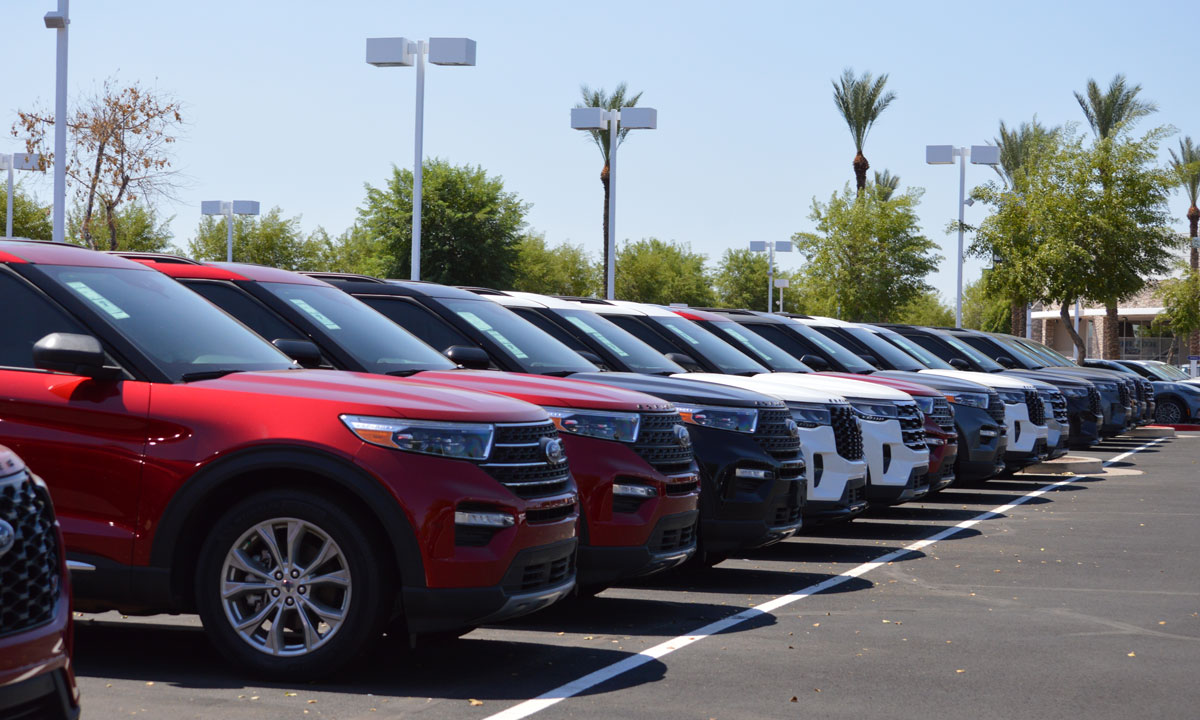New-vehicle affordability in the United States weakened for the third consecutive month in October, according to the latest Cox Automotive/Moody’s Analytics Vehicle Affordability Index. The data underscores growing financial pressure on American buyers as incentives shrink and borrowing costs remain elevated.
Affordability had already fallen to its lowest level since December 2024 in September and failed to improve in October. Automakers reduced incentives sharply, a shift that offset strong income growth and a modest decline in average transaction prices. The result: new vehicles became less affordable for U.S. consumers even as market conditions appeared to stabilize.
The estimated average auto loan rate held steady at 9.49 per cent, rising only two basis points for the month but sitting 83 basis points lower than a year earlier. Kelley Blue Book reported that the average new-vehicle price declined 0.4 per cent after hitting a record high in September. Median U.S. income grew 3.5 per cent year over year.
Typical monthly payments increased 0.4 per cent to $766, up 1.2 per cent year over year and reaching the highest level in 16 months. The number of weeks of income needed to buy the average new vehicle rose to 36.43 weeks, up from 36.40 weeks. Payments last peaked at $795 in December 2022.
Despite the month-over-month decline, U.S. affordability remained better than in October 2024, when buyers needed 37.2 weeks of income to purchase the average new vehicle.









